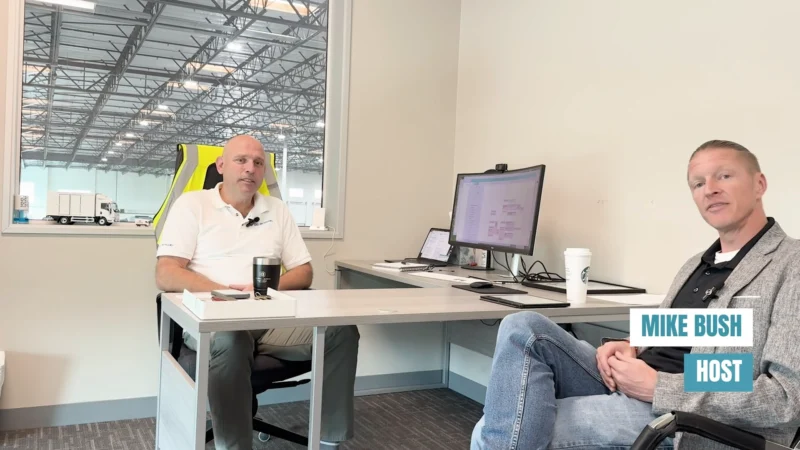California Commits to Doubling EV Chargers Throughout the State by 2025
By 2025, California will solidify its EV charging lead in the U.S. California commits to doubling EV chargers through a $2.9 billion project aimed at increasing available charging infrastructure in key zones across the state. “The plan will increase access to charging and hydrogen fueling for individuals, businesses and public agencies, while supporting our emerging manufacturing ecosystem and creating jobs,” said CEC’s Lead Commissioner for Transportation in a statement.
If California commits to doubling EV chargers across the state, will other states follow suit? Experts around the country such as Clyde Boyce, chairman of the advisory board for EV Chargers and Installation, LLC, a turnkey EV charging infrastructure research firm, say they should. Boyce is celebrating this decision, saying that it’s the correct direction forward and that if the nation is to promote the adoption of electric vehicles, these sorts of infrastructure projects will be a necessity.
Clyde’s Thoughts
“I think we all owe California mad props for their continued evolution and even revolution of EVs and EV chargers. As you know, they’re the leader in the country in number of EVs with about 42% of the whole country. They also lead in the number of chargers already in place, which is about 80,000, and they are about to add many more.
They’re dedicating $2.9 billion to add additional chargers within the state. That will allow about 90,000 new chargers to be put in place, double what they have now. But that’s still not enough. It’s a big, long state. So the good news is the NEVI program from the infrastructure plan is going to add another $500,000 plus to placing DCFC chargers. That will also help, but the challenge is the cost of the chargers and the cost of installation. So we’ll see how all that works out, and hopefully the two programs can be tethered together so that they can maximize the efficiency of where the chargers are placed. And I believe as time goes by, this is what all states should be looking at, adding EVs and chargers as quickly as possible and saving the planet.”








